Interaction of aerosols with clouds
One of the department's current research areas is the topic of wet deposition of atmospheric aerosol by horizontal hydrometeors (e.g. fog, clouds). The research uses experimental data measured at the Milešovka observatory, where these hydrometeors occur for most of the year (225 out of 365 days). The data consist of particle number size distributions with sizes ranging from 10 nm to 20 μm, distribution of hydrometeors of sizes from 3 to 50 μm, and sizes and concentrations of drops larger than 0.16 mm, all determined before, during, and after hydrometeor exposure. The properties of the aerosol are examined both without the influence of hydrometeors and during their action. This will allow us to assess the impact of these hydrometeors on the aerosol, depending on particle number size distribution and its origin and modeled sources, and also on the properties of the hydrometeors.
Atmospheric aerosol source apportionment based on receptor modelling
Another area of DACP research is focused on source apportionment of size-resolved atmospheric aerosol (AA) based on mass concentration data, chemical composition and particle number size distribution. The application of receptor models using AA chemical and physical characteristics data at the measurement site, receptor, combined with meteorological and other indicators, is appropriate to explain temporal and spatial changes in air quality. AA source receptor modelling by Factor Analysis (FA) enables us to estimate the number and composition of the sources, as well as their contribution to the receptor. Proper identification of AA sources is essential for qualified decision-making in air quality management. The research identifies AA anthropogenic sources using online and offline measurement methods and advanced receptor modelling. Receptor modelling results enable assessment of the long-term evolution of the contribution of individual AA sources to the air quality at a given site, and affect the spatial variability of AA sources of a larger region and the temporal variability of AA sources at a selected site.
Other DACP research topics
- Synthesis of nanoparticles and their health effects
- Nucleation phenomena
- Transfer of mass and heat in aerosols
- Advanced data analysis using mathematical gnostics
The analysis of isotopes in aerosol particles
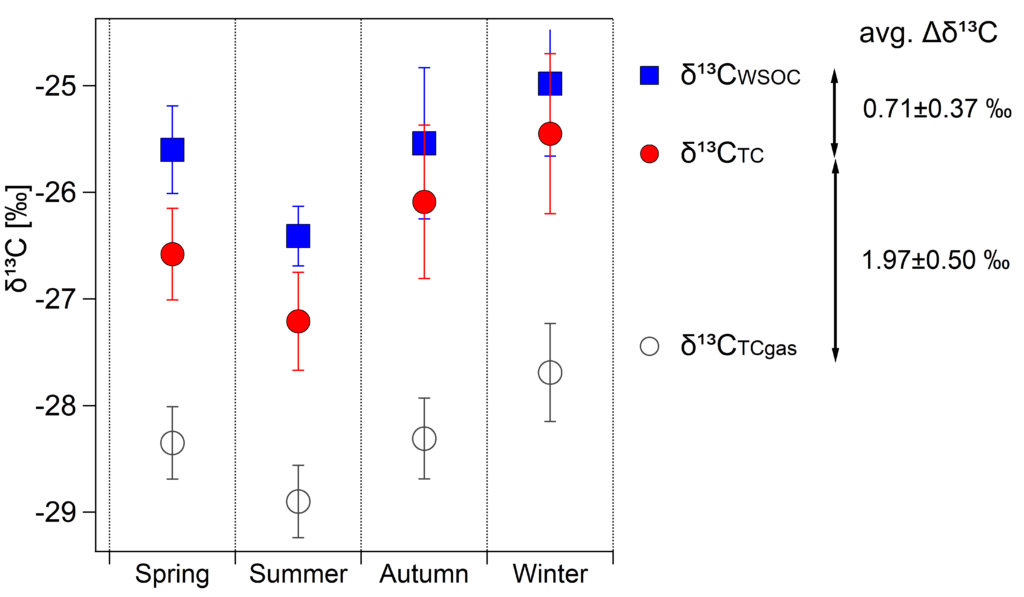 The analysis of isotopes in aerosol particles is a modern, still developing method that offers great potential for determining the sources of these particles, but also for studying the processes that take place in the atmosphere. This topic is also the subject of a recent study carried out by a research team from the Department of Aerosol Chemistry and Physics in collaboration with Prof. Kawamura's team from Chubu University in Japan. The paper, which deals with a systematic seasonal study of the isotopic composition of stable carbon 13C in atmospheric aerosol, was recently published in the prestigious journal Science of the Total Environment.
The analysis of isotopes in aerosol particles is a modern, still developing method that offers great potential for determining the sources of these particles, but also for studying the processes that take place in the atmosphere. This topic is also the subject of a recent study carried out by a research team from the Department of Aerosol Chemistry and Physics in collaboration with Prof. Kawamura's team from Chubu University in Japan. The paper, which deals with a systematic seasonal study of the isotopic composition of stable carbon 13C in atmospheric aerosol, was recently published in the prestigious journal Science of the Total Environment.
The paper describes research carried out on gas phase and fine aerosol (PM2.5) samples collected directly at the Institute of Chemical Processes Fundamentals in Prague-Suchdol. The samples represent the urban background with the initial assumption that the sources of aerosol particles would be different for different seasons. And indeed, the different δ13C isotope composition especially in winter and summer confirmed different seasonal sources of carbonaceous aerosols. In winter, the isotopic composition corresponded more to anthropogenic sources from heating, while in summer it was more likely to be emissions from biogenic sources. However, the main objective of the study was to determine whether different sources and thus different chemical compositions of the total aerosol would affect the distribution of carbon isotopes between the gas and aerosol phases. The knowledge of the isotope fractionation between these two phases is important for a more detailed study of the processes taking place in the atmosphere. These data can also serve as input parameters for models that are used to determine the source of aerosols. However, contrary to assumptions, detailed analysis has shown that despite the different isotopic compositions of δ13C in different seasons, its fractionation between the gas and aerosol phases is almost invariant. This points to the fact that the fractionation of stable carbon isotopes in the total carbonaceous aerosols in the atmosphere is mainly a physical process, which is not significantly affected by the detailed chemical composition of the aerosol or gas phase. Overall, however, this is still a valuable result that has resulted in a simplified parameter for the development of isotope models for aerosol source determination.
- Vodička P., Kawamura K., Schwarz J., Ždímal V., Seasonal changes in stable carbon isotopic composition in the bulk aerosol and gas phases at a suburban site in Prague, Sci. Total Environ. 149767, 2022. DOI
Awards
RNDr. Nadezda Zikova Ph.D. was awarded the Otto Wichterle Premium in 2019, a prestigious award for young scientists under 35 from the Czech Academy of Sciences. She received financial support for her project Studying wet deposition of atmospheric aerosol using horizontal hydrometeors, funded by the Grant Agency of the Czech Republic.
- Data v mlze (Věda a výzkum, AV ČR, 3/2019) http://pdf.avcr.cz/A/2019-03/#page=65
National Calibration Laboratory for Physical Properties of Aerosols
At the same time, a calibration laboratory is currently being built in DACP, (under the auspices of the ACTRIS IMP project, where DACP is also the main beneficiary for the Czech Republic), which will serve to calibrate instruments measuring the microphysical properties of aerosol particles. The calibration laboratory, operated as part of the thematic centre for ground-based aerosol particle measurement under the ACTRIS project, will provide services both at the national level, to state, academic and other institutions concerned with air quality and climate change, and to the scientific community at the European level. The calibration laboratory is a very important part of the Aerosol–in-Situ thematic centre within the built-up European research infrastructure ACTRIS ERIC and will contribute to the prestigious position of the Czech Republic within the international scientific community of the field. At the same time, this activity will enable the Czech Republic's air quality monitoring programme to remain at the top level within the European research infrastructure for measuring atmospheric aerosols while contributing to further research in this field.
Large Research Infrastructure ACTRIS
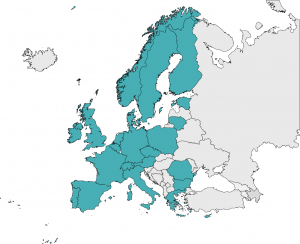
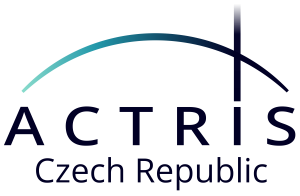 DACP is one of the partners of the large research infrastructure project ACTRIS (Aerosol, Clouds and Trace Gases Research Infrastructure Network), which brings together over 100 research organizations from 22 countries in Europe. The project partner stations provide their data on three key components of the atmosphere (aerosols, trace gases, and clouds). Data from all stations are obtained through standardized procedures, which allows them to be compared. Currently DACP, under the ACTRIS project, operates the urban background atmospheric station Suchdol and performs standardized measurement of atmospheric aerosols at the National Atmospheric Observatory Košetice. Huge measured sets of experimental data are included in the forecast meteorological models and also form the basis for modeling the impact of aerosols on climate change. It also serves to verify data obtained from satellite measurements (project CAMS21a, where DACP is a partner representing the Czech Republic, in cooperation with project COPERNICUS).
DACP is one of the partners of the large research infrastructure project ACTRIS (Aerosol, Clouds and Trace Gases Research Infrastructure Network), which brings together over 100 research organizations from 22 countries in Europe. The project partner stations provide their data on three key components of the atmosphere (aerosols, trace gases, and clouds). Data from all stations are obtained through standardized procedures, which allows them to be compared. Currently DACP, under the ACTRIS project, operates the urban background atmospheric station Suchdol and performs standardized measurement of atmospheric aerosols at the National Atmospheric Observatory Košetice. Huge measured sets of experimental data are included in the forecast meteorological models and also form the basis for modeling the impact of aerosols on climate change. It also serves to verify data obtained from satellite measurements (project CAMS21a, where DACP is a partner representing the Czech Republic, in cooperation with project COPERNICUS).
Evaluation of conceptual tools in air quality protection based on identification of pollution sources
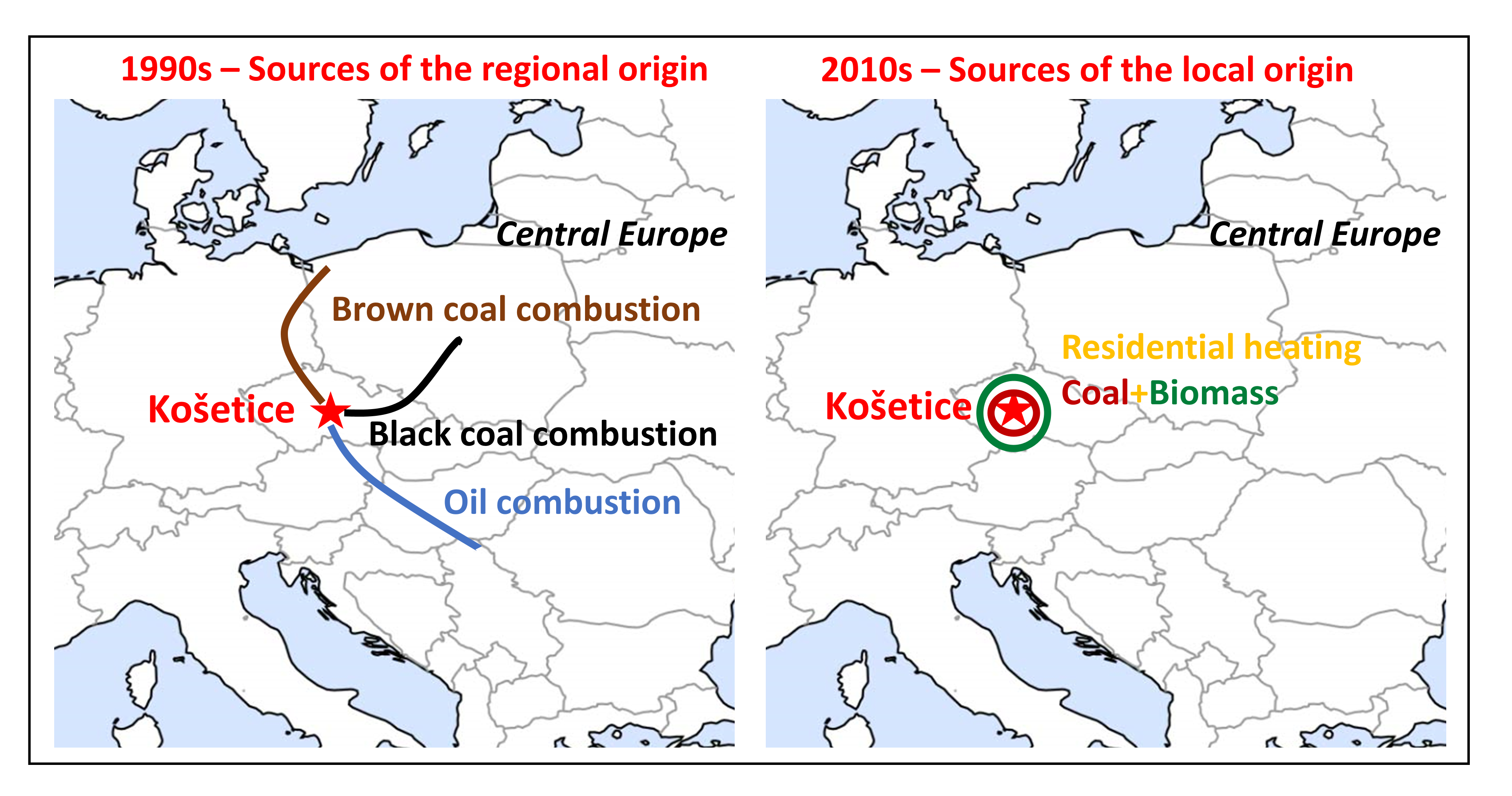 As proper identification of atmospheric aerosol sources is essential for qualified decision-making in air quality management, work addressing this issue is one of the DACP's directly applicable results. This especially holds for the study Comparing the PM2.5 chemical composition and sources at a rural background site in Central Europe between 1993/1994/1995 and 2009/2010: Effect of legislative measures and economic transformation on air quality. This work presents the PM2.5 chemical composition data from the first half of the 1990s compared to analogous data from the end of the first decade of the millennium. Comparing these two data sets forms a basis for assessing the effect of legislative measures and economic transformation on air quality in the Czech Republic. It turned out that industrial sources of regional origin, combustion of coal/oil/gasoline/diesel in the 1990s, had been replaced by coal/biomass burning for residential heating. The decreasing trend in PM2.5 elemental concentrations and in the share of sources of PM2.5 over 15 years has confirmed the positive impact of legislative regulations, especially on large and medium-sized stationary sources, but this trend is also a by-product of the economic transformation that has taken place in the Czech Republic.
As proper identification of atmospheric aerosol sources is essential for qualified decision-making in air quality management, work addressing this issue is one of the DACP's directly applicable results. This especially holds for the study Comparing the PM2.5 chemical composition and sources at a rural background site in Central Europe between 1993/1994/1995 and 2009/2010: Effect of legislative measures and economic transformation on air quality. This work presents the PM2.5 chemical composition data from the first half of the 1990s compared to analogous data from the end of the first decade of the millennium. Comparing these two data sets forms a basis for assessing the effect of legislative measures and economic transformation on air quality in the Czech Republic. It turned out that industrial sources of regional origin, combustion of coal/oil/gasoline/diesel in the 1990s, had been replaced by coal/biomass burning for residential heating. The decreasing trend in PM2.5 elemental concentrations and in the share of sources of PM2.5 over 15 years has confirmed the positive impact of legislative regulations, especially on large and medium-sized stationary sources, but this trend is also a by-product of the economic transformation that has taken place in the Czech Republic.
- Pokorná P., Schwarz J., Krejci K., Swietlicki E., Havránek V., Ždímal V., Comparison of PM2.5 chemical composition and sources at a rural background site in Central Europe between the years 1993/1994/1995 and 2009/2010, Environ. Pollut. 241, 841-851, 2018. DOI
In-plant measurement of aerosol nanoparticles and determination of workers‘ exposure
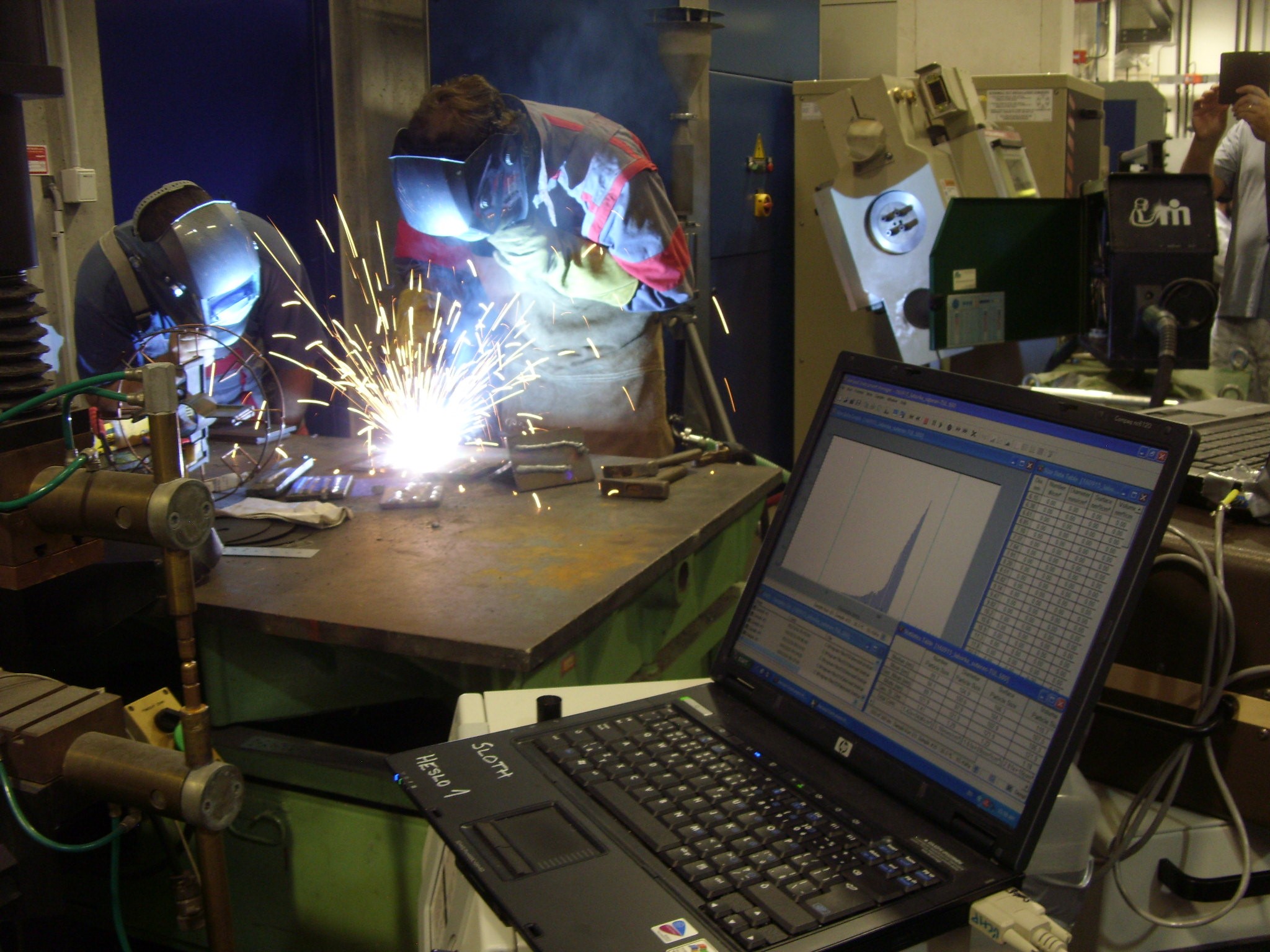 DACP has been cooperating with the Department of Occupational Medicine, 1st Faculty of Medicine, Charles University in Prague, and the Technical University of Liberec since 2015 to determine the acute and chronic effects of nanoparticle inhalation in nanoparticle manufacturing workers. Over the monitoring period, more than 10 impactful papers have been published, describing the effects of inhaled metal oxide nanoparticles (e.g. TiO2) and a variety of composite materials on upper respiratory tract inflammation, and impairment of metabolism of fats, proteins, and nucleic acids. Chronic studies indicate that the effect of these particles on the human organism is statistically significant and in some cases irreversible. In all these studies, DACP is involved in the development and application of methods to determine workers' real exposure to aerosol particles. The published results have been widely cited by the international scientific community.
DACP has been cooperating with the Department of Occupational Medicine, 1st Faculty of Medicine, Charles University in Prague, and the Technical University of Liberec since 2015 to determine the acute and chronic effects of nanoparticle inhalation in nanoparticle manufacturing workers. Over the monitoring period, more than 10 impactful papers have been published, describing the effects of inhaled metal oxide nanoparticles (e.g. TiO2) and a variety of composite materials on upper respiratory tract inflammation, and impairment of metabolism of fats, proteins, and nucleic acids. Chronic studies indicate that the effect of these particles on the human organism is statistically significant and in some cases irreversible. In all these studies, DACP is involved in the development and application of methods to determine workers' real exposure to aerosol particles. The published results have been widely cited by the international scientific community.
- Pelclova D., Zdimal V., Komarc M., Vlckova S., Fenclova Z., Ondracek J., Schwarz J., Kostejn M., Kacer P., Dvorackova S., Popov A., Klusackova P., Zakharov S., Bello D., Deep Airway Inflammation and Respiratory Disorders in Nanocomposite Workers, Nanomaterials 8, 731, 2018. DOI